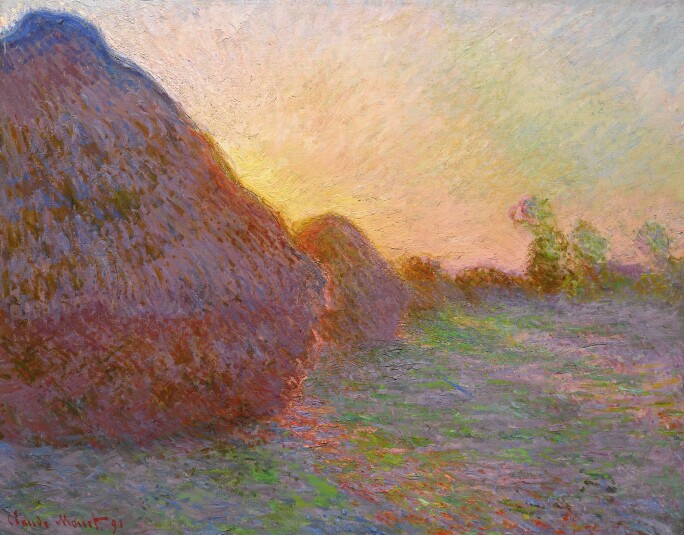Introduction:
Artistic movements have played a pivotal role in shaping the art world, each with its own unique characteristics and objectives. Among these movements, Impressionism and Expressionism stand out as two distinct and influential styles. In this article, we will delve into the fascinating world of Impressionism and Expressionism, exploring their differences in terms of artistic approach, subject matter, and overall aesthetic.
Impressionism: Capturing the Fleeting Moment
Impressionism emerged in the late 19th century, challenging traditional artistic norms and techniques. Its primary focus was on capturing the fleeting effects of light and atmosphere, as well as the immediate impressions of a particular scene or subject. Impressionist artists sought to convey a sense of spontaneity and movement in their works. Key characteristics of Impressionism include:
1. Emphasis on Light and Color: Impressionists used vibrant, unblended colors and short, broken brushstrokes to capture the ever-changing qualities of natural light and its impact on the surrounding environment.
2. Loose Brushwork: The loose, visible brushwork of Impressionism allowed for a sense of energy and vitality, creating an illusion of movement on the canvas.
3. Depiction of Everyday Life: Impressionist artists departed from the traditional subjects of historical events and mythological narratives, instead focusing on capturing scenes from everyday life, such as landscapes, cityscapes, and leisure activities.
Expressionism: Conveying Inner Emotions
Expressionism, on the other hand, emerged in the early 20th century as a response to the industrialization and rapid societal changes of the time. It sought to express subjective emotions, inner experiences, and psychological states through distorted forms, vivid colors, and expressive brushwork. Key characteristics of Expressionism include:
1. Subjective Emotion: Expressionist artists aimed to convey their inner emotions, anxieties, and psychological states through their artworks. They sought to provoke strong emotional responses from viewers.
2. Distortion and Exaggeration: Expressionists often distorted forms and employed exaggerated and intense colors to heighten the emotional impact of their works. The aim was to bypass realism and create a direct emotional connection with the audience.
3. Social and Political Commentary: Expressionism often dealt with social and political themes, reflecting the artist’s critique of society and its impact on individual experiences. It sought to shed light on human suffering, alienation, and the turmoil of the modern world.
Differences between Impressionism and Expressionism:
1. Approach to Representation: Impressionism aimed to represent the visual impressions of a scene or subject, focusing on the effects of light and atmosphere. Expressionism, on the other hand, aimed to convey subjective emotions and inner experiences through distortion and exaggeration.
2. Subject Matter: Impressionism primarily focused on capturing everyday life, landscapes, and leisure activities, while Expressionism delved into deeper psychological and emotional themes, often tackling social and political commentary.
3. Brushwork and Color: Impressionist brushwork was loose and visible, capturing the fleeting nature of light and movement. The color palette was vibrant and unblended. Expressionist brushwork, on the other hand, was often bold, gestural, and emotionally charged, with intense and exaggerated colors used to convey inner turmoil and psychological states.
4. Objective vs Subjective: Impressionism aimed to objectively represent the external world, while Expressionism sought to subjectively express the inner world of emotions and experiences.
Conclusion:
Impressionism and Expressionism are two significant artistic movements that have made indelible marks on the art world. While Impressionism focused on capturing the fleeting impressions of a scene through light, color, and movement, Expressionism delved into the realm of emotions and subjective experiences, employing distortion and vivid colors to convey inner turmoil. By understanding the differences between these movements, we gain a deeper appreciation for the varied approaches artists have taken to explore the human experience and create lasting works of art.
